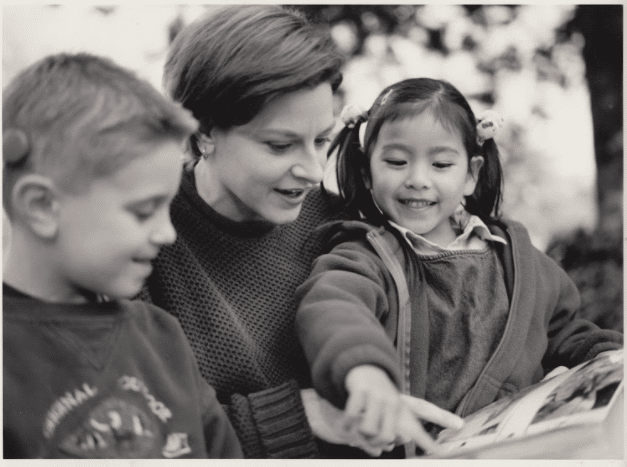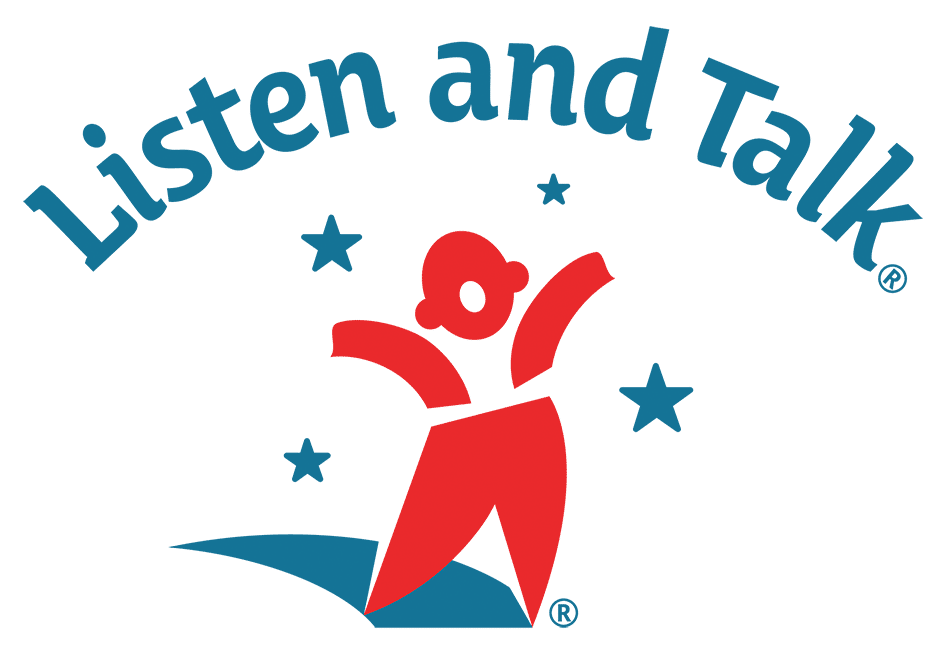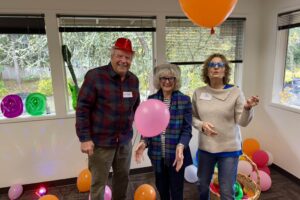
Strategy of the Week: Joint Attention
Listening and Spoken Language (LSL) strategies are important tools to have in the toolbox for parents of children with hearing loss, and the professionals who work with them. These strategies specifically support the development of listening and spoken language skills, and as professionals, they become deeply ingrained in all of our teaching and parent coaching. It is our goal that these strategies also become second nature to our families.
This school year, to make sure that we all use the tools in our toolbox, the onsite team will highlight and focus on one LSL strategy for two weeks at a time. The strategy of the week is posted in every classroom, therapy and audiology office, and is also shared with our families.
Over the coming months we will share these strategies through our blog posts too, so anyone can join us in practicing the strategy of the week!
****These strategies have been described in great detail by Sherri Fickenscher, M.S., LSLS Cert. AVEd, Elizabeth Gaffney, M.E.D., LSLS Cert. AVEd, and Cheryl L. Dickson, M.Ed., LSLS Cert. AVT. The document can be found at: http://www.clarkeschools.org/uploads/files/professionals/AVStrat-Revised.pdf****

Joint Attention
Joint Attention (also called shared attention): is the ability of two or more people to share a common focus.
What does it look like?
Any time we communicate with someone, the communication is about something. That something can be concrete, such as a ball, or it can be abstract, such as identity. Having joint attention on that something is necessary for successful communication.
Establishing joint attention can be as simple as drawing someone’s attention auditorily (e.g. “listen”) or visually (e.g. “look”), by pointing, or using a variety of senses (“taste/smell/feel this”). When talking about objects, even in interactions with infants, you know that you have joint attention when both are looking at the same object.
How does it support listening and spoken language development?
Joint attention and the ability to share a common focus is necessary to hold a meaningful conversation or language-rich interaction. Once you establish joint attention, you can gain the shared focus necessary for building and expanding listening and spoken language skills.
Self Talk / Parallel Talk
Self Talk / Parallel Talk: are strategies that provide language input without requiring the child to respond.
What does it look like?
During Self Talk, the communication partner talks about what they are doing (e.g. I’m getting a glass of water because I’m thirsty). During Parallel Talk, the communication partner talks about what the child is doing (e.g. You threw the ball. It bounced!).
How does it support listening and spoken language development?
These strategies provide the children with repeated exposures to the vocabulary and language structures for a given situation. They also provide parents with a way to increase the number of words they speak to their child throughout the day, which has been shown to be directly related to a child’s vocabulary growth.
Additionally, Self Talk supports the development of Theory of Mind. Theory of Mind is the ability to attribute mental states (such as beliefs, emotions or knowledge) to oneself and others. Through Self Talk, the child gets to hear what the parent would otherwise just think – thereby giving them insights into the thought processes of other people.
We love to hear how you use LSL strategies in your home or practice to build language. Comment below to share your favorite way to use these strategies!



